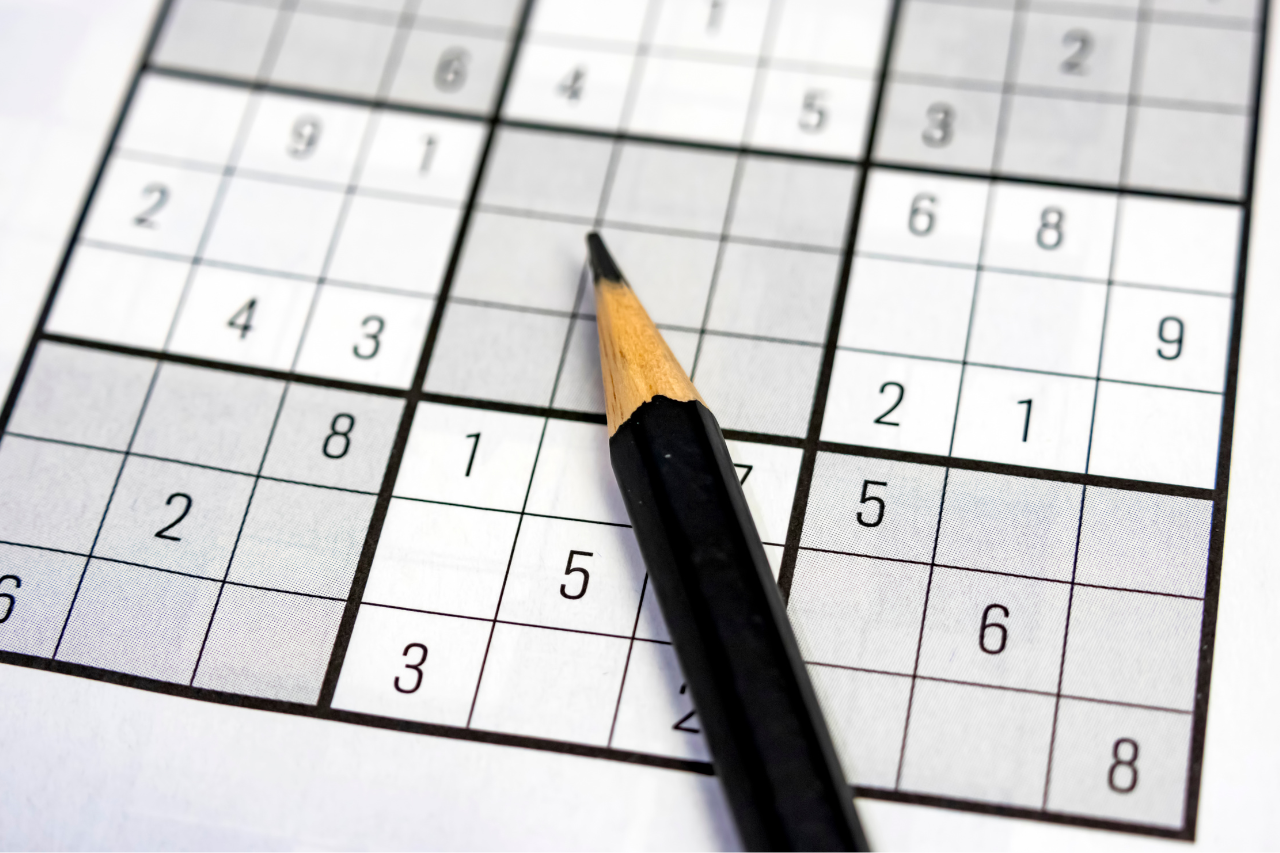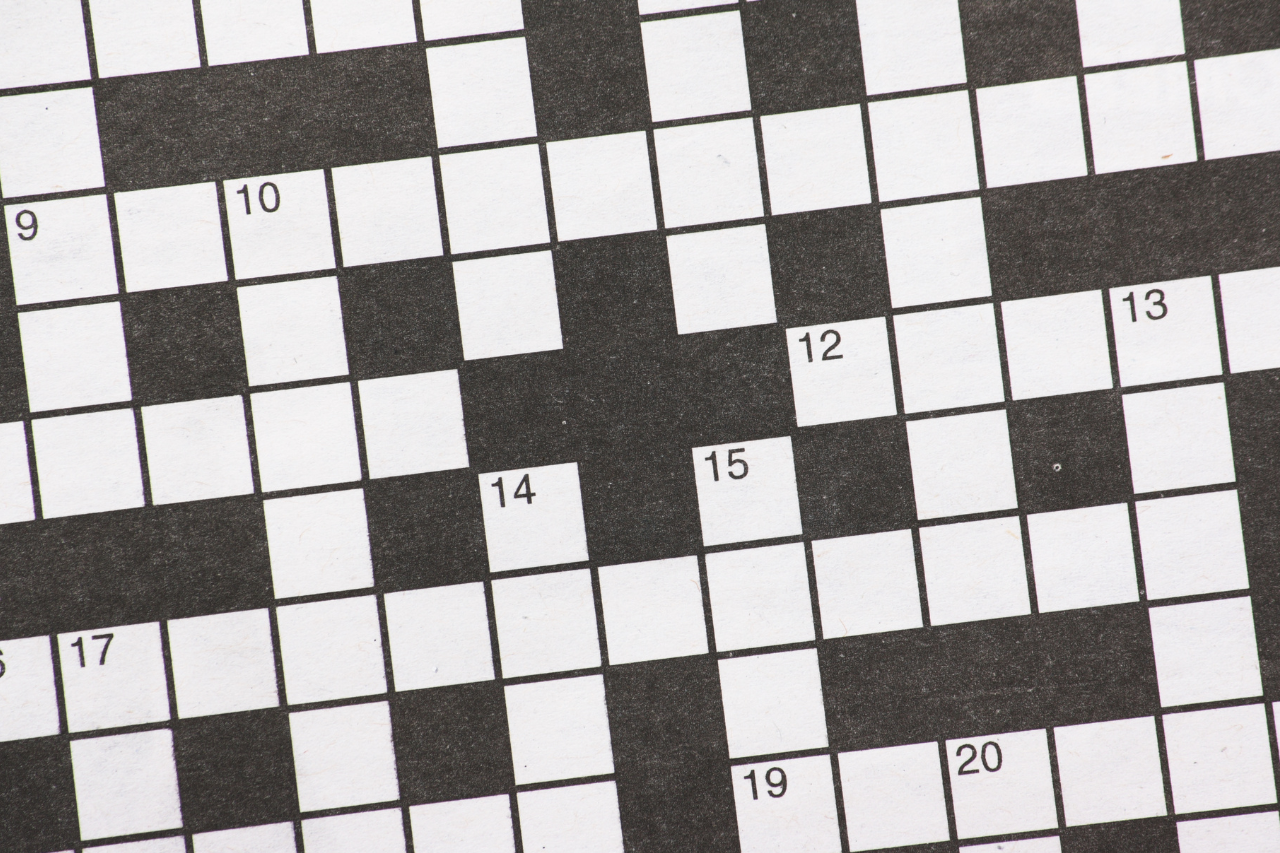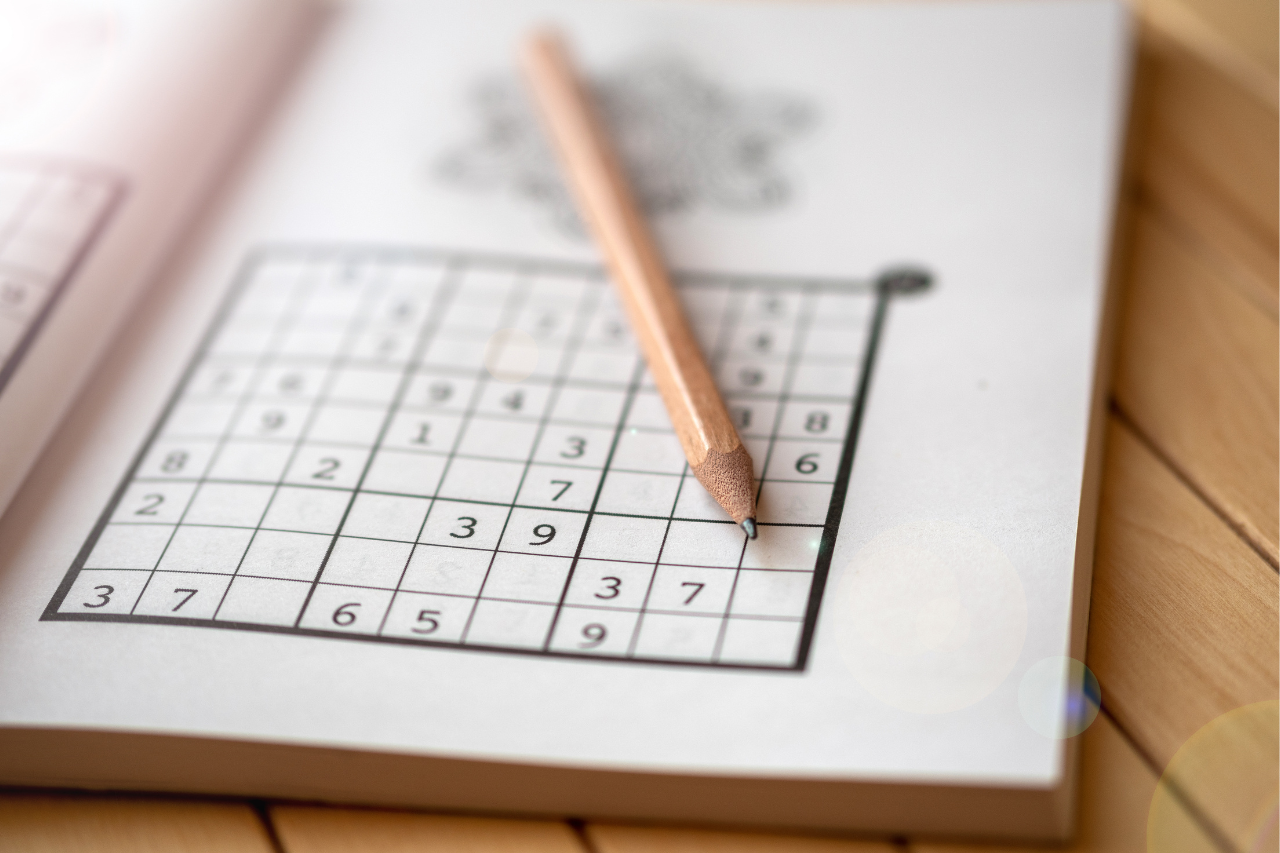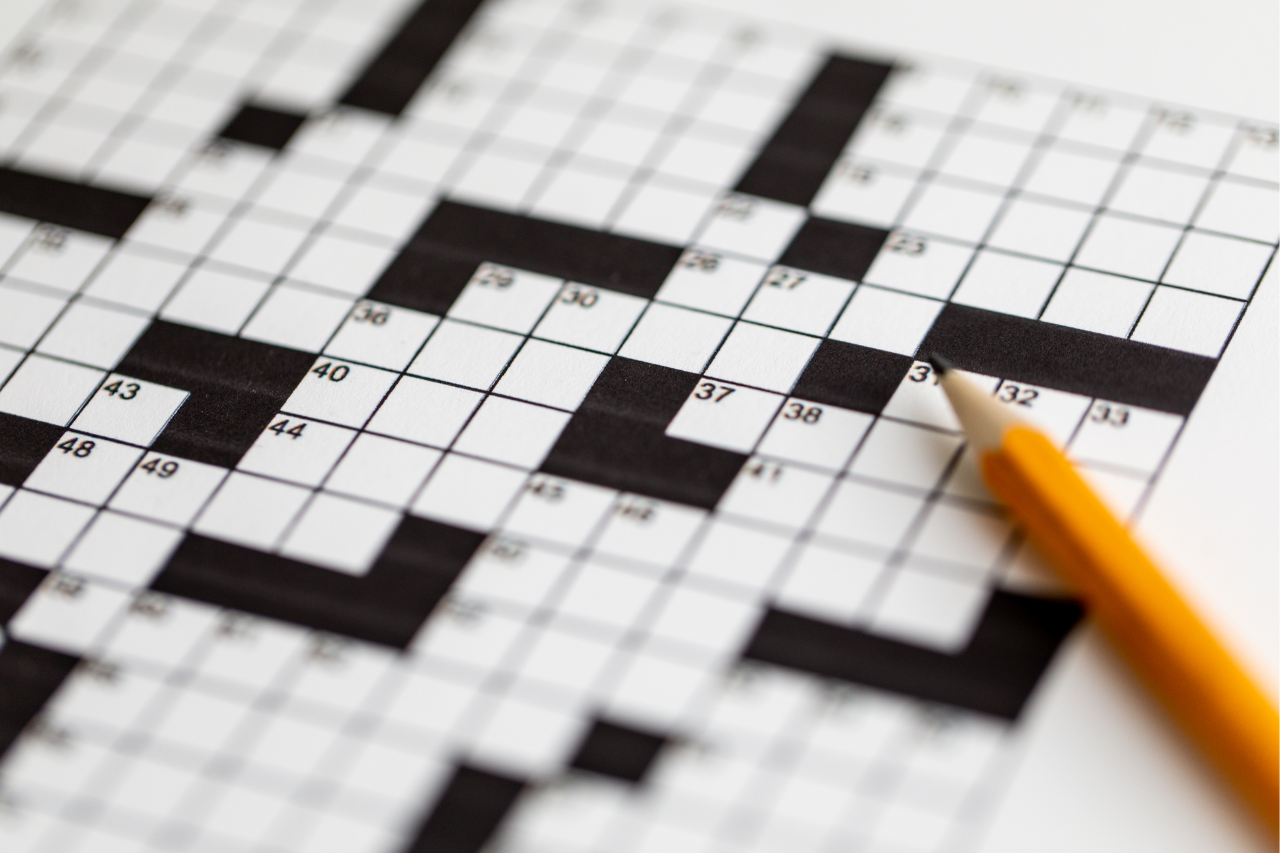
Crossword Puzzle Tips and Tricks: Expert Strategies to Solve Faster and Smarter

Share:
Crossword Puzzle Tips and Tricks: Expert Strategies to Solve Faster and Smarter
You’ve mastered the basics of crossword puzzles, but now you’re ready to level up your game. Maybe you can complete easy puzzles but struggle with harder ones. Or perhaps you want to solve faster and with more confidence. Whatever your goal, the right tips and tricks can transform you from a casual solver into a crossword enthusiast.
This comprehensive guide reveals the strategies that experienced solvers use to tackle even the toughest puzzles. Whether you’re aiming to finish that challenging Saturday crossword or simply want to improve your solving speed, these proven techniques will sharpen your skills and make puzzle-solving more enjoyable.
Advanced Solving Strategies
Master the Art of Pattern Recognition
Experienced solvers don’t just read clues—they recognize patterns instantly. Training your brain to spot these patterns dramatically speeds up your solving time.
Common word endings to memorize:
- Verbs: -ING, -ED, -ATE, -IZE, -FUL
- Adjectives: -ISH, -OUS, -ABLE, -LESS, -LIKE
- Nouns: -TION, -NESS, -MENT, -ENCE, -ANCE
When you see a clue for a verb in past tense, immediately think about -ED endings. If it’s a noun describing a quality, consider -NESS. These automatic associations save precious seconds.
Letter pattern recognition: Look at the structure of partially filled answers. If you see “E_E” in a five-letter word, common patterns include LEVEL, NEVER, FEVER, or REBEL. The more puzzles you solve, the faster you’ll recognize these letter sequences.
Use the “Pencil First, Ink Later” Approach
Even if you’re confident, write uncertain answers lightly. This psychological trick keeps you flexible and willing to reconsider answers that might be wrong.
The verification method:
- Write your answer in pencil
- Fill in the crossing words
- If all crossings make valid words, you’re probably correct
- If one or more crossings don’t work, erase and reconsider
This approach prevents the frustration of having to erase heavily written wrong answers later.
Leverage the Power of Crosswordese
“Crosswordese” refers to obscure words that appear frequently in puzzles but rarely in everyday conversation. Learning these words gives you a massive advantage.
Essential crosswordese by category:
Geography:
- ERIE (Great Lake)
- EIRE (Ireland)
- URAL (Russian mountain range)
- OAHU (Hawaiian island)
Foreign words:
- AMOR (love, in Spanish)
- AVEC (with, in French)
- EINE (one, in German)
- TRES (very, in Spanish)
Obscure but common:
- ETUI (needle case)
- OLIO (hodgepodge)
- ESNE (medieval serf)
- OGEE (architectural molding)
Don’t try to memorize these all at once. Keep a running list as you encounter them, and they’ll become second nature within a few months of regular solving.
Time-Saving Techniques for Faster Solving
The “Scanning” Method
Instead of reading every clue in detail initially, scan through all clues rapidly looking for:
- Fill-in-the-blanks (always easiest)
- Very short answers (3-4 letters)
- Clues with “?” (often puns or wordplay—save for later)
- Themes or patterns
This initial scan takes 30-60 seconds but saves much more time by giving you easy starting points and revealing the puzzle’s structure.
Work in Quadrants
Divide the puzzle into four sections and complete one quadrant at a time. This focused approach prevents the overwhelm of staring at an entire blank grid.
The quadrant strategy:
- Pick the quadrant with the most filled-in answers
- Exhaust all possible answers in that section
- Move to an adjacent quadrant where you have crossing letters
- Repeat until the puzzle is complete
This creates momentum and gives you a sense of progress rather than scattered, incomplete sections.
The “Alphabet Run” Trick
Stuck on a partial answer like “_AT”? Run through the alphabet: BAT, CAT, DAT, EAT, FAT, GAT, HAT… until something clicks with the clue.
This systematic approach is faster than random guessing and ensures you don’t miss obvious answers. It’s particularly effective for three and four-letter words.
Use Letter Frequency to Your Advantage
When you’re making educated guesses, remember that certain letters appear far more frequently in English:
Most common letters: E, T, A, O, I, N, S, H, R
Least common letters: Q, X, Z, J
If you’re guessing between two possibilities and one uses common letters while the other uses rare ones, statistically the common-letter answer is more likely (though not always—crossword constructors love to use unusual letters strategically).
Cracking Different Types of Clues
Decoding Question Mark Clues
When you see a question mark at the end of a clue, expect wordplay, puns, or non-literal meanings.
Examples:
- “What’s black and white and read all over?” = NEWSPAPER (read/red wordplay)
- “Breaking news?” = FRACTURE (breaking literally)
- “One who’s always changing?” = CHAMELEON
Strategy: Think figuratively, not literally. Consider multiple meanings of words in the clue, homophones, and puns.
Mastering Definition-and-Example Clues
These clues give you both a category and a specific example: “Citrus fruit, for example” could be LEMON, ORANGE, LIME, or GRAPEFRUIT.
The trick: The answer length and crossing letters usually narrow it down to one option. If it’s six letters with a third letter “M,” it’s likely LEMON.
Handling Abbreviation Clues
Remember this golden rule: If the clue is abbreviated, the answer is too.
Examples:
- “Dr.’s group” = AMA (American Medical Association)
- “NYC subway org.” = MTA (Metropolitan Transportation Authority)
- “Airport abbr.” = ARR or ETD
Watch for periods in clues—they signal abbreviations.
Conquering Themed Crosswords
Most crosswords have themes, especially in major newspapers. Identifying the theme early unlocks multiple answers.
How to spot themes:
- The longest answers (usually theme answers) relate to each other
- The puzzle title often hints at the theme
- Theme answers frequently appear symmetrically in the grid
Using themes to your advantage: Once you’ve identified the theme (e.g., “Famous Musicians”), you can make educated guesses on theme answers even with minimal crossing letters. A nine-letter answer with “E_T_O_E” in a music theme? Probably BEETHOVEN.
Advanced Tactics for Difficult Puzzles
The “Crossing Letter Cascade”
This powerful technique involves focusing on the intersection points where you can solve multiple clues simultaneously.
Here’s how:
- Find a square where two or three words intersect
- List possible letters for that square based on each clue
- The letter that works for ALL intersecting words is your answer
- This one letter often unlocks 2-3 answers at once
This method is especially effective when you’re stuck with multiple partial answers.
Work Backwards from Long Answers
Long answers (10+ letters) often use less common words and provide many crossing letters for shorter answers.
Strategy: If you can solve even one long answer, it gives you 10+ letters scattered across the grid. These letters make shorter answers much easier to solve, creating a domino effect.
Focus extra effort on long-answer clues, even if they seem difficult.
The “Educated Guess and Verify” System
Don’t wait until you’re 100% certain. Crosswords reward intelligent guessing.
The system:
- Make a guess based on 60-70% confidence
- Immediately check all crossing answers
- If 3+ crossings form valid words, your guess is likely correct
- If even one crossing doesn’t work, erase and reconsider
This aggressive solving style is much faster than waiting for certainty.
Use Cross-Referencing Clues
Some puzzles have clues that reference each other: “See 23-Across” or “Partner of 14-Down.”
Pro tip: These are intentionally connected. If you solve one, the other becomes much easier. Sometimes they’re parts of a phrase, rhyming words, or pairs (like “Romeo and JULIET” where one clue references the other).
Mental Tricks to Boost Performance
The “Fresh Eyes” Technique
Your brain gets tunnel vision when stuck on specific clues. Combat this with strategic breaks.
The 10-minute rule: If you’re stuck for more than 10 minutes without progress, step away. Do something completely different—make coffee, take a walk, check your email. When you return, answers that seemed impossible often appear immediately.
This works because your subconscious continues processing while you’re away.
Read Clues Out Loud
When stuck, reading difficult clues aloud engages different parts of your brain. Hearing the words often triggers connections that reading silently doesn’t.
This is especially effective for wordplay and pun-based clues.
Visualize the Answer
For certain clues, mental imagery helps. If the clue is “Garden tool,” picture yourself in a garden. What tools do you see? Shovel, rake, hoe, spade… The visualization often leads directly to the answer.
Trust Your First Instinct (Sometimes)
Studies show that first instincts are often correct, especially for fill-in-the-blank and definition clues. If an answer pops into your head immediately, write it down and verify it with crossings.
However, for wordplay and pun clues, second thoughts are often better—these require more deliberate thinking.
Building Your Crossword Vocabulary
Keep a Crossword Journal
Create a notebook or digital document where you record:
- New words you learn from puzzles
- Crosswordese that repeats frequently
- Patterns you notice (like common clue phrasings)
Review this journal monthly. You’ll be amazed how quickly your vocabulary expands.
Read the Explanations
Many puzzle apps and websites provide explanations for answers after you complete them. Always read these. They teach you why certain answers work and reveal wordplay you might have missed.
This turns every puzzle into a learning opportunity.
Solve Puzzles from Different Constructors
Different puzzle creators have different styles. The New York Times crosswords differ from USA Today, which differs from The Guardian. Exposing yourself to various styles makes you a more versatile solver.
Recommendation: Try puzzles from at least 2-3 different sources each week.
Study Common Prefixes and Suffixes
Understanding word construction helps you guess partial answers.
Common prefixes:
- UN-, RE-, PRE-, DIS-, MIS-, OVER-, UNDER-, OUT-
Common suffixes:
- -LY, -ER, -EST, -ABLE, -IBLE, -TION, -SION
If you see a clue for “Not happy” and have space for six letters starting with “UN-,” you can confidently guess UNHAPPY.
Technology and Tools to Enhance Your Skills
Use Apps with Adaptive Difficulty
Modern crossword apps track your performance and adjust difficulty accordingly. This ensures you’re always challenged but not overwhelmed.
Benefits:
- Builds skills progressively
- Prevents frustration from too-difficult puzzles
- Provides metrics on improvement over time
Enable “Check Work” Features Strategically
Most digital puzzles let you check individual letters or entire sections. Use this feature strategically, not as a crutch.
Smart usage:
- After completing the puzzle, check your work to learn from mistakes
- When completely stuck, check ONE letter to get unstuck
- Avoid checking during solving (it prevents learning)
Time Yourself (But Don’t Obsess)
Tracking your solve times helps you see improvement, but don’t let it cause anxiety. The goal is progress, not perfection.
Best practice: Time yourself occasionally (once a week) rather than every puzzle. This gives you data points without creating pressure.
Common Pitfalls and How to Avoid Them
Pitfall #1: Tunnel Vision on Wrong Answers
You’re convinced an answer is correct, so you contort other answers to fit around it—even when they don’t make sense.
Solution: If you have an answer filled in and 3+ crossings don’t work, your “certain” answer is probably wrong. Be willing to erase and reconsider.
Pitfall #2: Overthinking Simple Clues
Sometimes a cigar is just a cigar. “Large body of water” is probably just OCEAN or SEA, not something obscure.
Solution: Try the obvious answer first. If the crossings don’t work, then get creative.
Pitfall #3: Ignoring Tense and Number Agreement
The clue says “He runs” but you write “RUNNING.” Tense matters. The clue says “Dog” but you write “HOUNDS.” Number matters.
Solution: Read clues carefully and match the grammatical structure exactly.
Pitfall #4: Forgetting About Plurals
A clue like “Fruits” (plural) needs a plural answer. But remember: crosswords love trick plurals like “Deer” (which is both singular and plural).
Solution: Count the letters and check if an -S or -ES fits. If not, the answer might be an irregular plural.
Pitfall #5: Giving Up Too Early on Difficult Sections
You’ve completed 80% of the puzzle but hit a wall on one corner. It’s tempting to quit.
Solution: Use the crossing letter cascade technique. Focus intensely on that one section with all the strategies you know. Difficult corners often crack suddenly once you solve one or two key answers.
Practicing Deliberately for Maximum Improvement
The “Difficulty Ladder” Approach
Don’t jump straight to Saturday NYT puzzles. Progress systematically:
Week 1-2: Monday and Tuesday puzzles only Week 3-4: Add Wednesday puzzles Week 5-6: Add Thursday puzzles Week 7+: Attempt Friday and Saturday puzzles
This gradual progression builds confidence and skills without overwhelming you.
Analyze Your Completed Puzzles
After finishing a puzzle, spend 5 minutes reviewing:
- Which clues took longest? Why?
- What patterns did you notice?
- What new words did you learn?
- What mistakes did you make?
This reflection solidifies learning and reveals areas for improvement.
Solve with Others (Sometimes)
Collaborative solving teaches you how other people think through clues. You’ll learn new strategies and perspectives.
Options:
- Solve with a partner weekly
- Join online crossword communities
- Participate in crossword tournaments (virtually or in-person)
Set Specific Goals
“Get better at crosswords” is vague. Try specific goals like:
- “Complete a Wednesday puzzle without hints”
- “Learn 20 new crosswordese words this month”
- “Solve a puzzle 5 minutes faster than last month”
Specific goals create measurable progress.
Taking Your Skills to the Next Level
Try Cryptic Crosswords
Once you’ve mastered American-style crosswords, cryptic crosswords (popular in the UK) offer a new challenge. They use elaborate wordplay and require learning an entirely new solving language.
Why try them: They train your brain to think about language in completely different ways, making you better at all types of puzzles.
Enter Crossword Tournaments
Competitive solving adds pressure that sharpens your skills. The American Crossword Puzzle Tournament and similar events offer divisions for all skill levels.
Benefits:
- Forces you to solve under time pressure
- Exposes you to incredibly skilled solvers
- Provides motivation to improve
- Creates a sense of community
Create Your Own Puzzles
Constructing crosswords teaches you how puzzles are built, which makes you better at solving them. You’ll understand why certain words appear frequently and how clues are crafted.
Several software programs make puzzle construction accessible to beginners.
Your Crossword Mastery Journey
Becoming an expert crossword solver doesn’t happen overnight. It’s a journey of consistent practice, strategic learning, and genuine curiosity about language. The tips and tricks in this guide will accelerate your progress, but remember: every puzzle you solve makes you better.
Start implementing these strategies one at a time. Perhaps this week you focus on recognizing crosswordese. Next week you practice the scanning method. Over time, these techniques become automatic, and you’ll solve puzzles faster and with more confidence than you ever thought possible.
The beauty of crosswords is that there’s always room to grow. Even the world’s best solvers occasionally get stumped. Embrace the challenge, celebrate your progress, and most importantly, enjoy the journey.
Ready to put these tips into action? Grab today’s puzzle and start solving smarter!
Frequently Asked Questions (FAQ)
Q: How can I solve crossword puzzles faster?
A: Speed comes from pattern recognition and experience. Focus on fill-in-the-blank clues first, work short answers next, and learn common crosswordese. Regular practice (4-5 puzzles per week) naturally increases speed. Time yourself occasionally to track progress, but don’t let speed become stressful.
Q: What are the most important crossword puzzle tricks?
A: The top tricks are: (1) scan for fill-in-the-blank clues first, (2) use crossing letters to verify every answer, (3) learn common crosswordese words, (4) recognize that “?” means wordplay, and (5) work in quadrants rather than trying to solve the entire puzzle at once.
Q: How do I get better at Thursday and Friday crosswords?
A: These harder puzzles require expanded vocabulary and comfort with wordplay. Build up gradually—don’t skip Wednesday puzzles. Learn cryptic clue patterns, expand your crosswordese vocabulary, and solve puzzles from multiple constructors to expose yourself to different styles.
Q: Should I use crossword solver apps or websites?
A: Use them strategically for learning, not as a crutch. After completing a puzzle, check answers to learn from mistakes. If you’re completely stuck, revealing one strategic answer can get you unstuck. Avoid using solvers during the puzzle—it prevents skill development.
Q: What’s the best way to remember crosswordese?
A: Keep a crossword journal where you write down unfamiliar words as you encounter them. Review it monthly. Don’t try to memorize lists—learning through context (actually solving puzzles) makes words stick much better than rote memorization.
Q: How do experienced solvers tackle wordplay clues?
A: They look for signals: question marks, quotation marks, or unusual phrasing. They consider multiple meanings of words, think about homophones (words that sound alike), and look for puns. Reading the clue aloud often helps reveal the wordplay.
Q: Is it cheating to look up one answer when stuck?
A: No, especially when learning. Strategic use of hints is a valid learning tool. However, try to limit yourself to 1-2 lookups per puzzle. The goal is to use those hints to get unstuck and continue solving, not to complete the puzzle entirely with help.
Q: How long should it take to see improvement?
A: Most people notice measurable improvement within 4-6 weeks of regular solving (3-5 puzzles per week). You’ll complete puzzles faster, recognize patterns more quickly, and feel more confident with difficult clues. Significant improvement happens over months, not days.
Q: What’s the difference between American and British crosswords?
A: American crosswords (like NYT) use straightforward clues with some wordplay. British cryptic crosswords use elaborate wordplay where every clue is a puzzle itself, often requiring specific solving rules. They’re very different styles requiring different skills.
Q: Should I solve in pen or pencil?
A: Pencil is recommended for everyone except the most expert solvers. Even experienced cruciverbalists make mistakes. Pencil allows you to erase and adjust without mess. It also encourages you to write uncertain answers and verify them, which is a key solving strategy.
Q: How do I identify a crossword theme?
A: Look at the longest answers in the puzzle—these are usually themed. They’ll relate to each other or the puzzle title. Once you identify the theme (e.g., “U.S. Presidents” or “Pizza Toppings”), you can make educated guesses on other theme entries even with minimal crossing letters.
Q: What should I do when I’m completely stuck?
A: (1) Take a 10-15 minute break, (2) work a different section of the puzzle, (3) focus exclusively on crossing letters using the cascade technique, (4) read clues aloud, or (5) if still stuck, check one strategic answer to get momentum again. Don’t stare at the same clue for more than a few minutes.
Most Popular
Subscribe To Our Weekly Newsletter
Categories
Related Posts

What is the Hidden Rule in Sudoku?
Share: If you’ve been solving Sudoku puzzles for a while, you’ve probably mastered the basic rules: fill each row, column, and 3×3 box with the

The Science Behind Sudoku: Why This Puzzle Boosts Children’s Brain Power
Share: As a parent or educator, you’re constantly seeking activities that entertain children while developing their cognitive abilities. Sudoku—those number grids you might associate with

How to Solve Crossword Puzzles for Beginners: A Complete Step-by-Step Guide
Share: How to Solve Crossword Puzzles for Beginners: A Complete Step-by-Step Guide Staring at a blank crossword puzzle can feel intimidating. All those empty squares,

Crossword Puzzle Tips and Tricks: Expert Strategies to Solve Faster and Smarter
Share: Crossword Puzzle Tips and Tricks: Expert Strategies to Solve Faster and Smarter You’ve mastered the basics of crossword puzzles, but now you’re ready to
